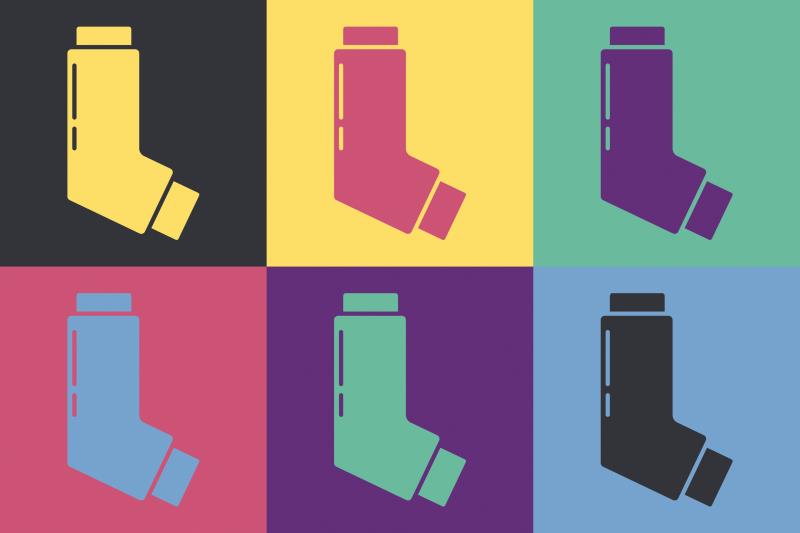SABA overused, increases all-cause mortality among HK asthma patients





Overuse of short-acting β2 agonists (SABA) is prevalent among patients with asthma in Hong Kong and associated with an increased risk of all-cause mortality and hospital admissions, according to a local retrospective cohort study, which was part of the global SABINA (SABA Use in Asthma) research programme.
Use of SABA alone as an intermittent reliever medication (step 1) or with the additional use of a controller medication (ie, a low-dose inhaled corticosteroid [ICS]) (step 2) has been recommended for treatment of mild asthma over the past several decades. However, excessive SABA use (≥11 canisters per year), as monotherapy or in combination with ICS, is associated with an increased risk of asthma-related mortality. [British Guideline on the Management of Asthma - A National Clinical Guideline, London, UK; 2016; Respir Med 2017;131:135-140] In 2019, to reduce the risk of severe exacerbations in people with mild asthma, the Global Initiative for Asthma (GINA) no longer recommended use of SABA alone without ICS, and instead advised that all adults and adolescents with asthma use ICS-containing controller treatment for symptomatic relief (steps 1 to 2) or daily use (steps 2 to 5). [Global Strategy for Asthma Management and Prevention 2019]
The present study analyzed anonymized electronic healthcare records from the Clinical Data Analysis and Reporting System (CDARS) of 17,782 Hong Kong residents aged ≥12 years (mean age, 46.7 years; male, 40.8 percent), who were diagnosed with asthma between January 2011 and December 2018. Patients were followed up to December 2020 or death. SABA overuse was defined as ≥3 SABA canisters per year. [BMC Pulm Med 2024;24:232]
Among the study cohort, 59.1 percent of patients were overusing SABA, of whom 18.4 percent were prescribed 3–6 canisters, 10.4 percent were prescribed 7–10 canisters, and 30.3 percent were prescribed ≥11 canisters during 1-year baseline period. Throughout the study period, the median annual number of prescribed SABA canisters per patient was 5.61. The overall prescription rate of ICS and long-acting β2 agonists (LABA) was only 43.4 and 17.3 percent, respectively.
After adjusting for age, sex, Charlson Comorbidity Index (CCI) and ICS dose, patients who were overusing SABA (≥3 canisters/year) during the baseline period had a higher risk of all-cause mortality vs patients with appropriate SABA use (≤2 canisters/year). The association was dose-dependent, with the highest risk in those who used ≥11 canisters/year (adjusted hazard ratio [HR], 1.84; 95 percent confidence interval [CI], 1.55–2.19), followed by patients who used 7–10 canisters/year (adjusted HR, 1.42; 95 percent CI, 1.13–1.79) and 3–6 canisters/year (adjusted HR, 1.22; 95 percent CI, 1.00–1.50).
Using same adjustments, an increased number of prescribed SABA canisters was also associated with an increased frequency of hospital admissions, although there was no dose-response relationship.
“Despite the change to GINA guidelines in 2019, stating that as-needed SABA monotherapy was no longer recommended in patients with mild asthma and that such patients should receive ICS-containing controller treatment to reduce the risk of serious exacerbations and control symptoms, our data up to the end of 2020 revealed no evidence of a corresponding change in prescribing practice in Hong Kong. The overall prescription of LABA with ICS, which is the new treatment recommendation, was low among patients with mild asthma. Therefore, physicians might be over-reliant on SABA as a reliever for asthma patients, and this might contribute to poor symptomatic control and increased risk of adverse outcomes,” concluded the researchers.